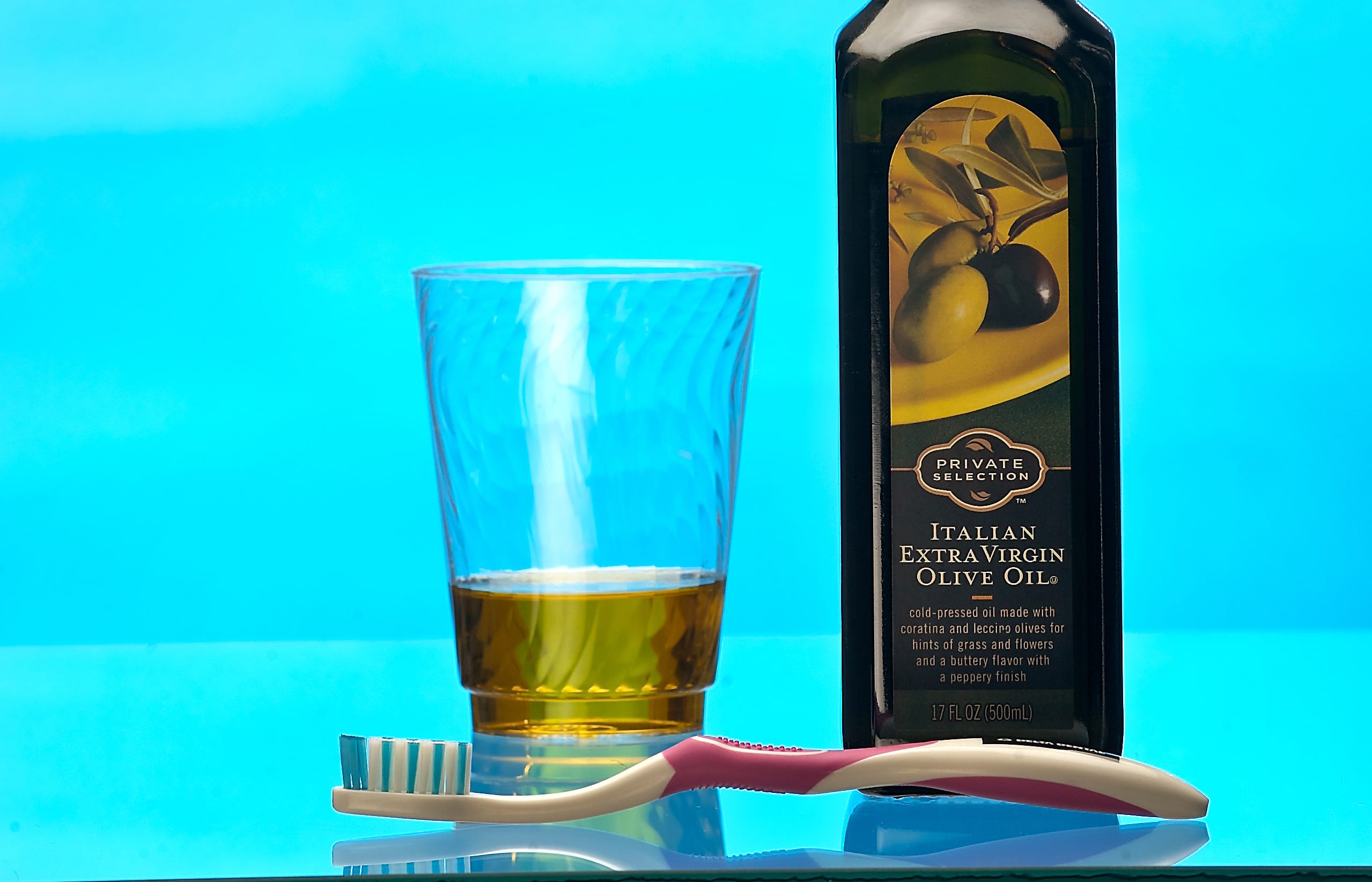Every morning, Cindy Haas melts a teaspoon of coconut oil, pours the liquid into her mouth and vigorously swishes for 15 minutes.
The practice is called oil pulling, and it’s becoming a popular trend in the health world. Haas, who worked as a dental hygienist before becoming a certified holistic health coach, first tried oil pulling six months ago.
Initially, Haas was hesitant to try what she thought sounded like a strange practice. But as she was writing her book about holistic care for a healthy mouth, she decided to give it a try.
It didn’t take long before Haas was convinced of the benefits.
“We live in such a microbial world,” she said. “Everything we put into our mouth has microbes attached to it somehow. We don’t live in a sterile world.”
The mouth, Haas said, is an ideal place to bring bacteria into the body. When people eat or drink, those microbes travel with the food into the body, she said.
Swishing the oil — coconut, olive or sesame — absorbs the microbes and prevents them from being swallowed, Haas said. Spitting the oil into the trash can after 15 minutes of swishing removes the microbes from the body, she said.
“You really lighten that microbial load internally,” Haas said.
In addition to reducing the microbes, Haas has noticed when she gets little cuts or pizza burns in her mouth, they heal much quicker than they used to. Haas’ family members and friends have also taken up the practice. Among the benefits they report are sinus drainage, healthier skin and reduced dandruff, she said.
“What it can do for any person is unique,” Haas said. “I’m just a real proponent of doing things naturally and doing things that won’t harm the body.”
Oil pulling is an Ayurvedic practice dating back 3,000 to 5,000 years to traditional Indian medical remedies.
The practice is claimed to cure about 30 systemic diseases ranging from headache and migraines to diabetes and asthma, according to a May 2011 article published in the Journal of Ayurveda and Integrative Medicine. Oil pulling has also been used extensively as a traditional Indian folk remedy to prevent tooth decay, bleeding gums and cracked lips, as well as for strengthening teeth, gums and the jaw, according to the article.
Dr. Michael Plunkett, a dentist and senior director of dental care delivery at Kaiser Permanente, hasn’t had any of his patients ask about oil pulling, but he has had conversations with others about the practice.
While Plunkett doesn’t discourage oil pulling, he doesn’t promote it, either.
“There’s just really nothing out there to support it as having health benefits, neither is there anything to say it’s harmful,” he said.
No substantive research has been done on oil pulling and nothing on the practice has been published in respected medical or dental trade journals, Plunkett said.
Without the science to back its reported benefits, Plunkett said he won’t recommend it to patients. Instead, he said he would reinforce what has been proven to promote good oral health: brushing, flossing, a healthy diet and avoiding simple sugars.
“The only thing that concerns me is people see it as an alternative to what we do know,” Plunkett said.
But as long as a patient isn’t using oil pulling in place of other oral health care or as a cure for dental disease or pain, Plunkett said he wouldn’t discourage it.
“I respect someone’s choice to do something like this,” he said. “But as a dentist and as a teacher — I teach classes at OHSU — I just don’t know of any scientific evidence to support it.”
For Haas, her own experience with the practice and the anecdotes of others are enough to convince her of oil pulling’s benefits.
“It’s really a pretty simple concept. You just put the oil in your mouth and swish it,” Haas said. “Give it a good try, and see if it works for you.”




